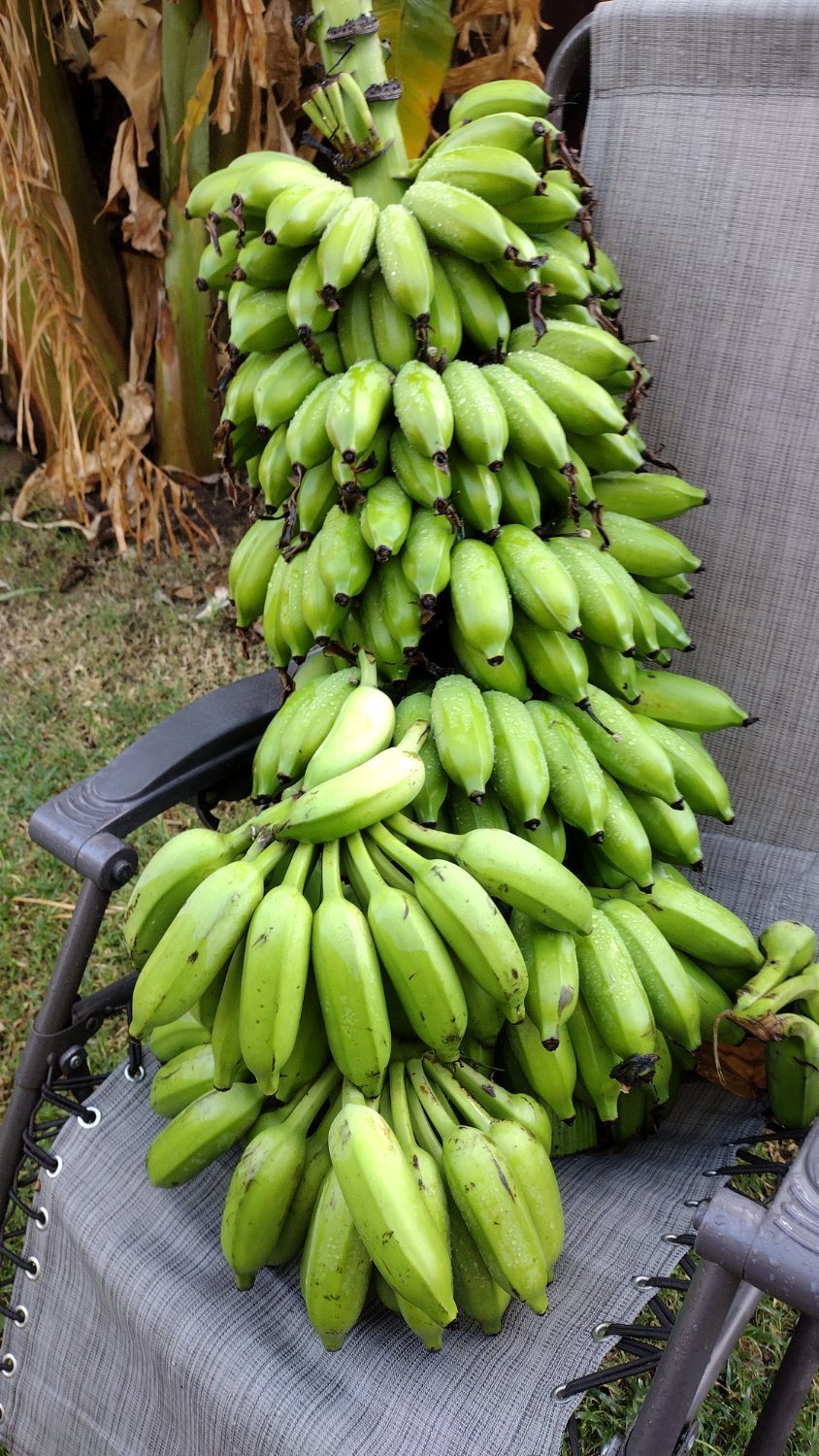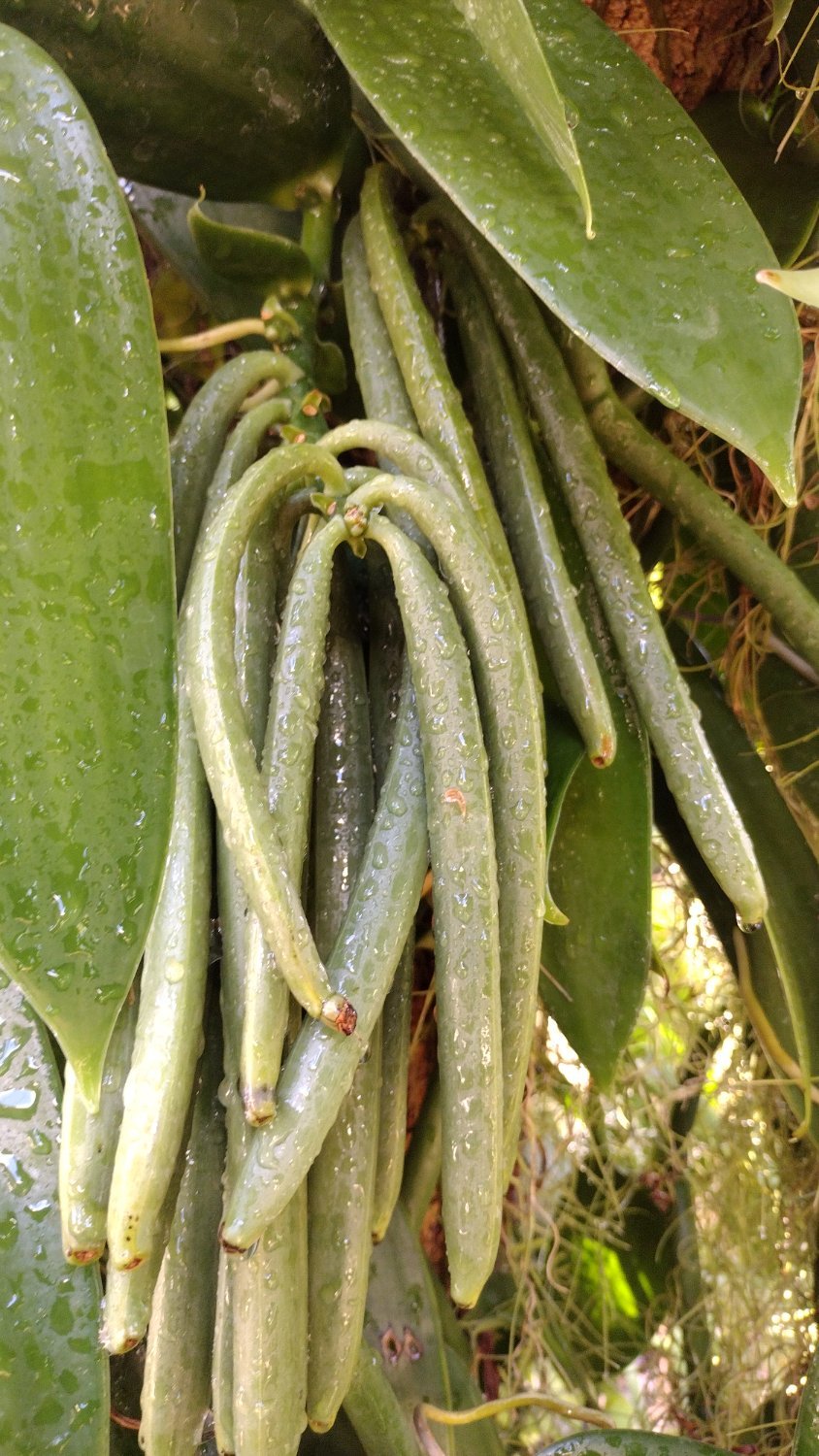Solarpunk Farming
1345 readers
1 users here now
Farm all the things!
Also see:
founded 2 years ago
MODERATORS
1
24
Queer Farmers in California Plant Seeds, Fight Climate Change, and Make It Look Sexy
(www.thrillist.com)
3
22
Propaganda By The Seed Podcast: Growing Calorie Crops at Home with Peter Kellman and Rebekah Yonan
(propagandabytheseed.libsyn.com)
4
6
7
8
9
10
11
12
14
40
In Baltimore, Urban Farming Isn’t Just About Growing Food - PopularResistance.Org
(popularresistance.org)
15
16
17
28
Vertical farming: a local solution for greens, but not feeding the world any time soon
(www.sustainabilitybynumbers.com)
18
19
20
21
22
23
24
25
view more: next ›














